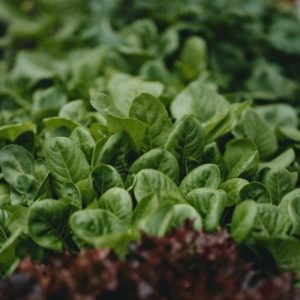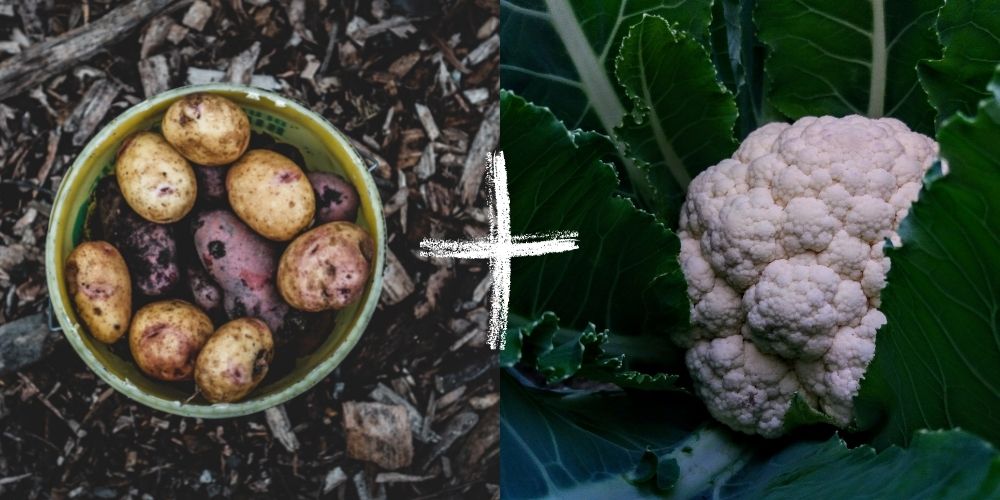Brassicas and potatoes are vegetables, although many people consider potatoes as roots as they are usually grown underground. Potatoes are starchy with a modified stem called tubers, which grows on short branches called stolons.
After harvesting potatoes, you can plant brassicas because they are known as nutrients scavenger crops. The purpose of nutrients scavenging crops is to cycle plant’s nutrients. You can do crop rotation of brassicas with the potatoes as potatoes consume a lot of nutrients, unlike brassicas. Brassicas have shallow root systems compared to potatoes.
What are the Benefits of Nutrients Scavenger Crops?
Nutrient scavenger crops are plants with tiny grain grown mainly as a seasonal crop. Their primary purpose is to scavenge and cycle plant nutrients. The nutrient scavenger crop helps in increasing organic matter to the soil as well as improving infiltration.
Brassicas, which are nutrition scavengers, help in airing to improve soil quality. They also reduce soil crusting, giving residue for maintenance cultivation. They contribute to the reduction of soil erosion, sedimentation, and contamination from dissolved and sediment-attached constituents.
What is the Importance of Crop Rotation?
Crop rotation is the practice of growing different crops sequentially on a similar piece of land. Some advantages of practicing crop rotation are:
- Crop rotation helps in improving soil health. Alternating deep-rooted broadleaf with a shallow-rooted crop will assist in nutrients in different soil layers.
- It will improve soil structure, aeration, and drainage, especially when replacing shallow-rooted crops with deep-rooted taproots crops.
- Doing crop rotation with crops with residue will reduce surface crusting and prevent water erosion, improving the soil moisture of the next crop.
- Nitrogen-fixing and scavenger crops such as legumes and brassicas, respectively, will improve soil fertility.
- Crop rotation helps control disease and insects, and weeds as crops from the same family seem to have a similar disease.
The best companion of potatoes crops

Since potatoes are deep-rooted crops, it suggests that the best produce to grow together should be a shallow-rooted crop. Crops with shallow roots will avoid interfering with the root systems of the potatoes.
Vegetables such as radishes, brassicas, spinach, and lettuce are good examples of shallow-rooted crops. Potatoes take a little longer to harvest as compared to other vegetables. Therefore the gardener should plant them in the company of crops that take a short time to mature.
Some plants like chamomile, parsley, thyme, basil, and yarrow, are also said to improve the taste of the potato tubers. Legumes plants increase the nutrients in the soil, making them the best companions for potato crops.
- When Should Brassicas Be Planted?
- What are Brassicas Vegetables?
- Chickens will eat Brassicas: Here’s why and how to stop them
Conclusion
Potatoes are an essential food-security crop as they substitute for cereal crops because of their nutritional value. We use them to make fries, hash browns and much more. Potatoes are easy to grow because a person can grow and harvest them without machinery. Harvested potatoes can be stored in a dry place for a long time without spoiling. Finally, potatoes can thrive well even in the company of other crops, making them a good alternative when there is limited growing space.















